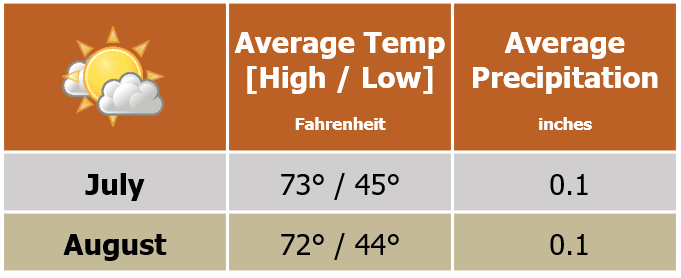
Know Before You Go


Weather & Climate in the Canadian Rockies
Many factors influence the climate of the Canadian Rockies, not the least of which are the mountains themselves, which can create their own wind and weather patterns. Billowing summer clouds can produce thunderstorms in a matter of hours that can dissipate even faster than they appeared. A mild, 70-degree sunny day can quickly turn into a tumultuous storm, complete with wind, rain, hail, even snow. Because the terrain is so varied in elevation, weather events can be extremely isolated, too. You could potentially drive into and out of a storm within moments on the same mountain pass. Be prepared to experience all four seasons in a single day!
Although warm, sunny days tend to be the summertime norm in the mountains around Banff, and daylight hours are long, the temperature drops quickly once the sun finally sets. Additionally, high altitudes make for dry air, which can lead to dehydration. It is essential to drink plenty of water throughout the trip, so you don’t get dehydrated. We recommend bringing layers you can remove as the day warms up and put back on as afternoon storms roll through, or the sun dips behind the mountains.
Average Monthly Temperatures & Precipitation
(in Fahrenheit and inches)
Calgary

Banff

Bugaboo Provincial Park

Travel on These Canadian Adventures

Great Bear Rainforest: In Search of Spirit Bears, Grizzlies & Whales
Discover British Columbia at its wildest, in search of the elusive white Spirit Bear in the remote valleys of western Canada's Coast Range. Offshore, scout for humpback whales and orcas in emerald fjords.































